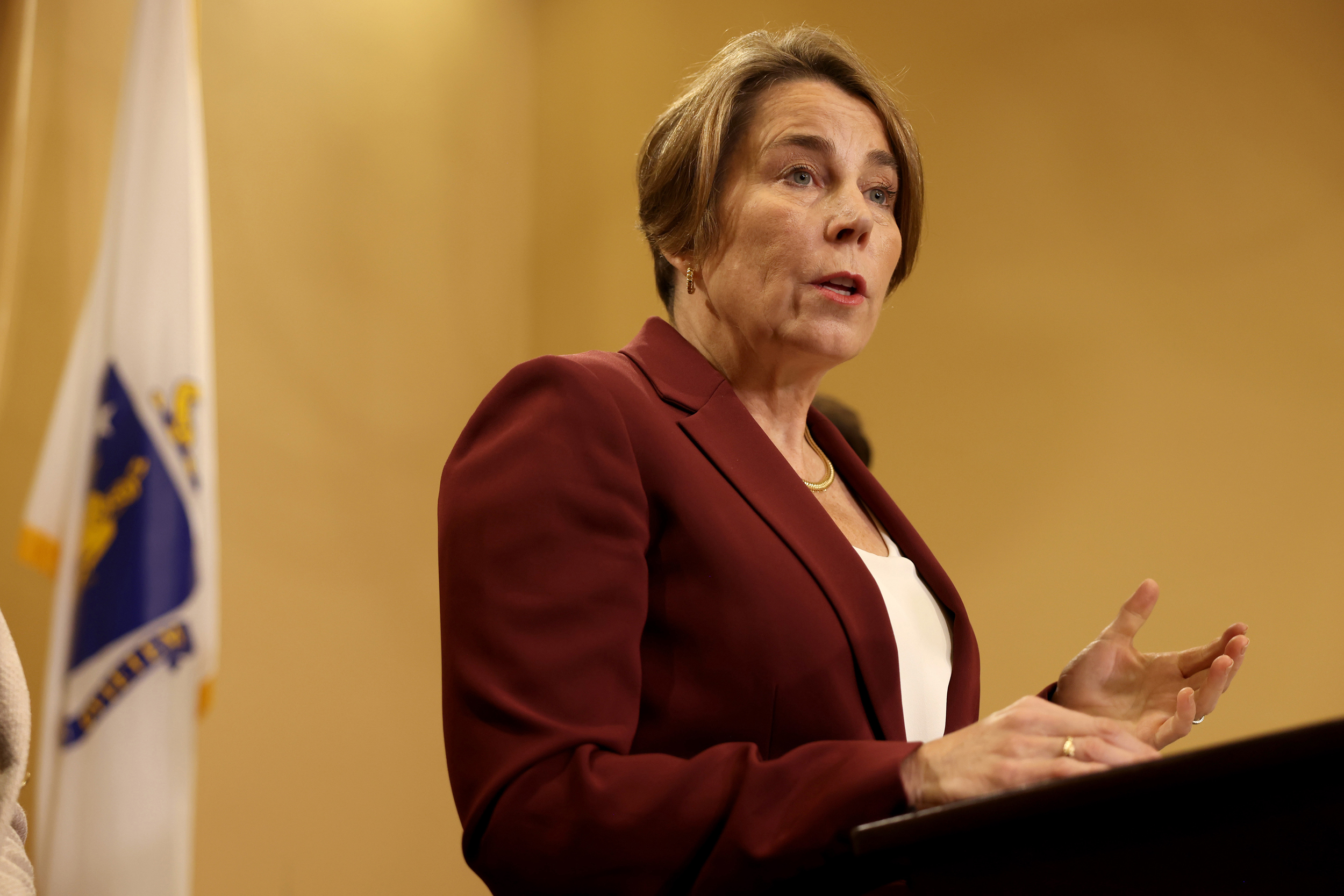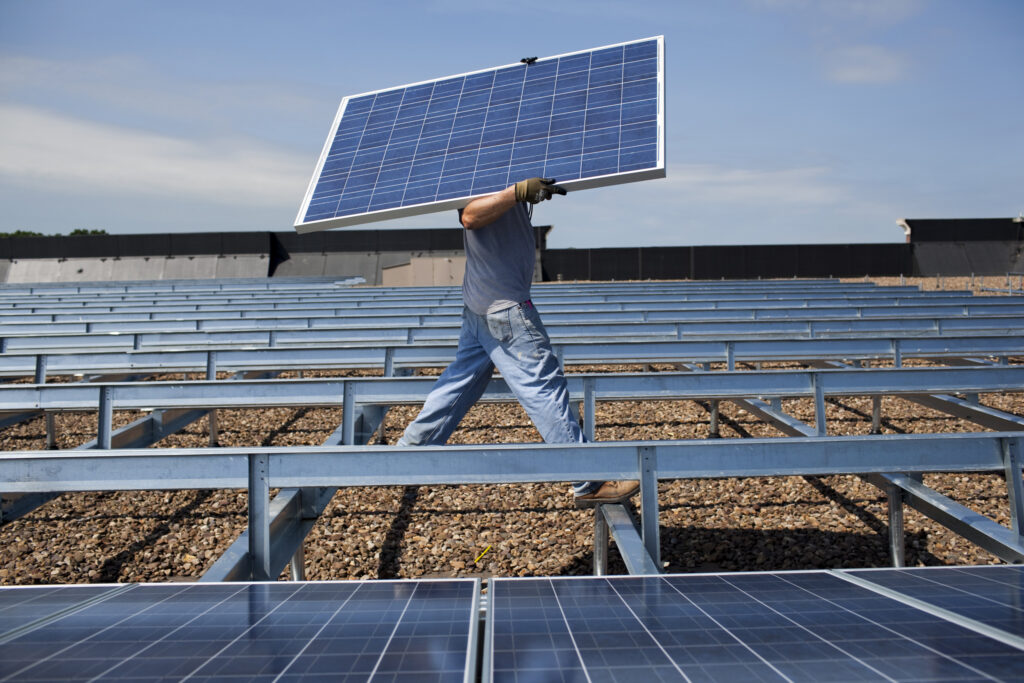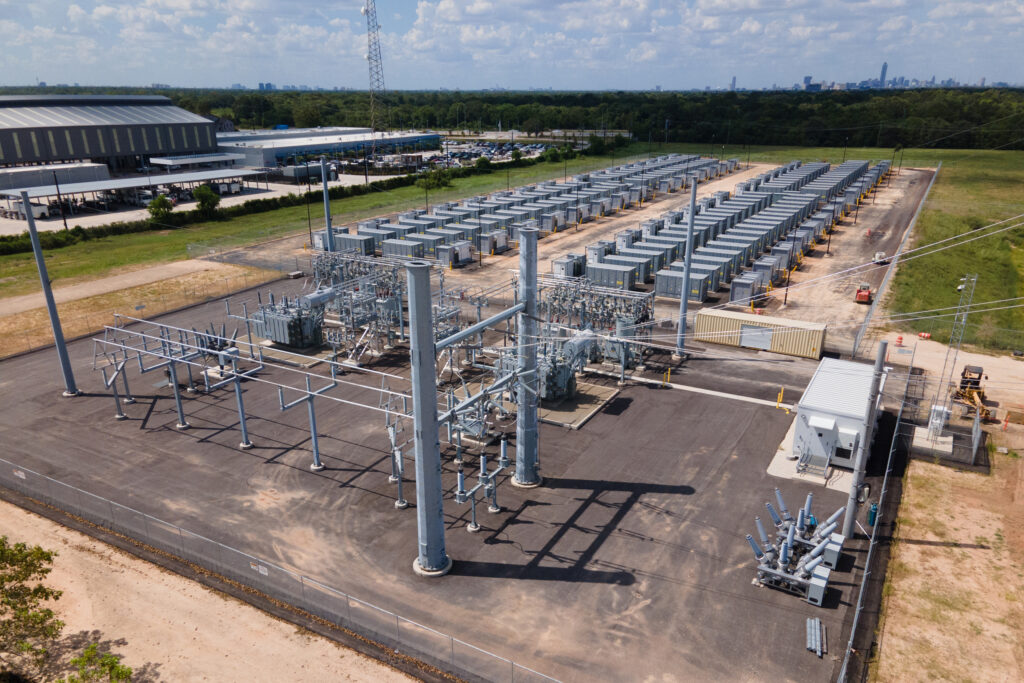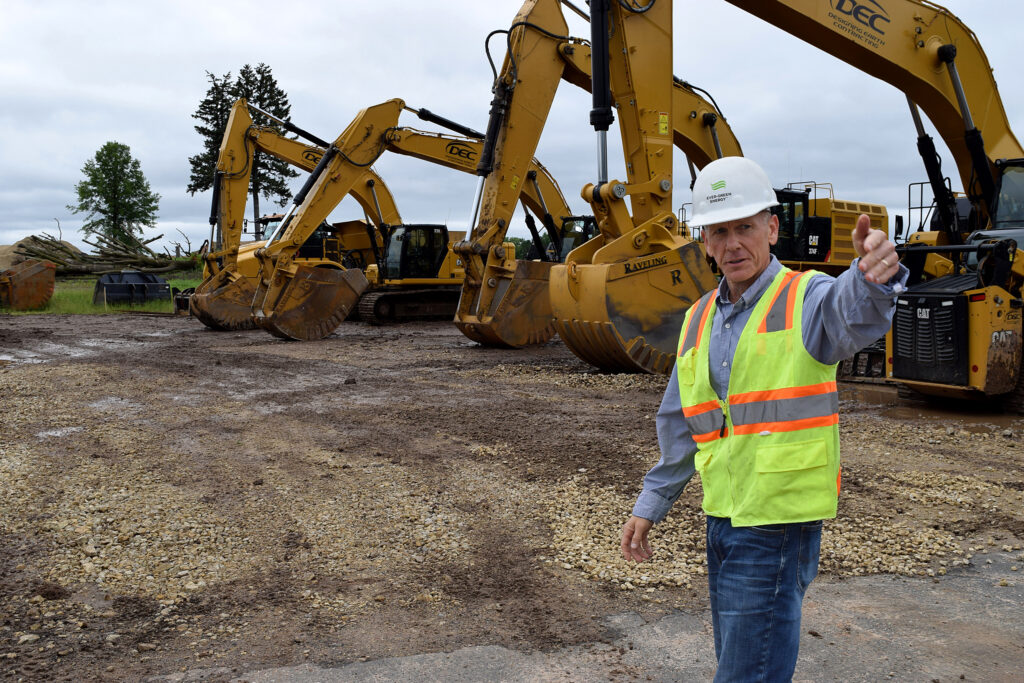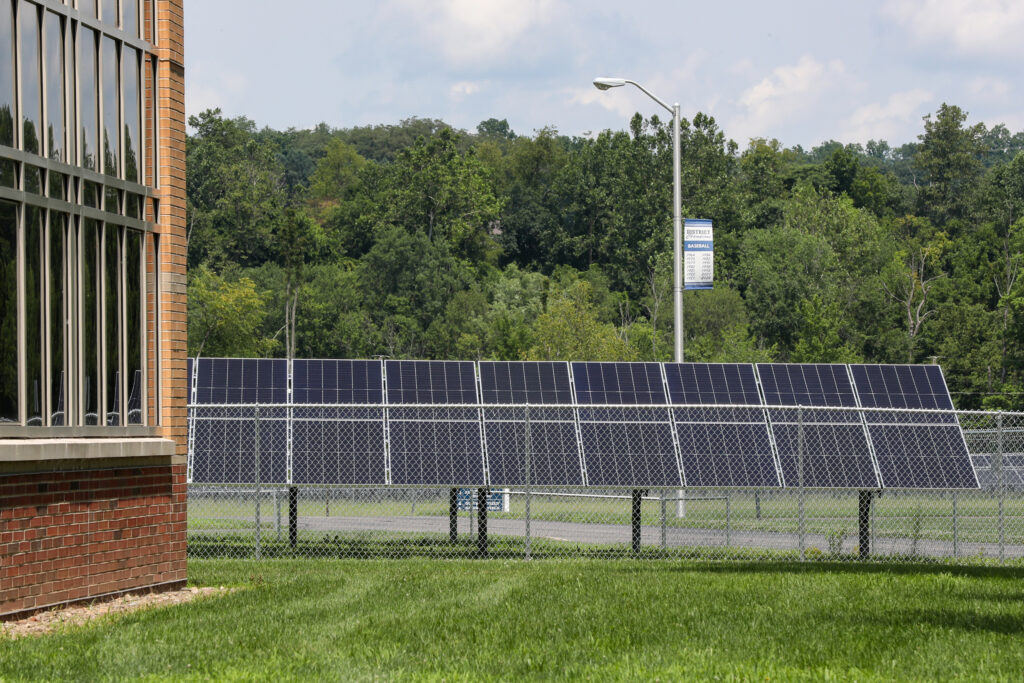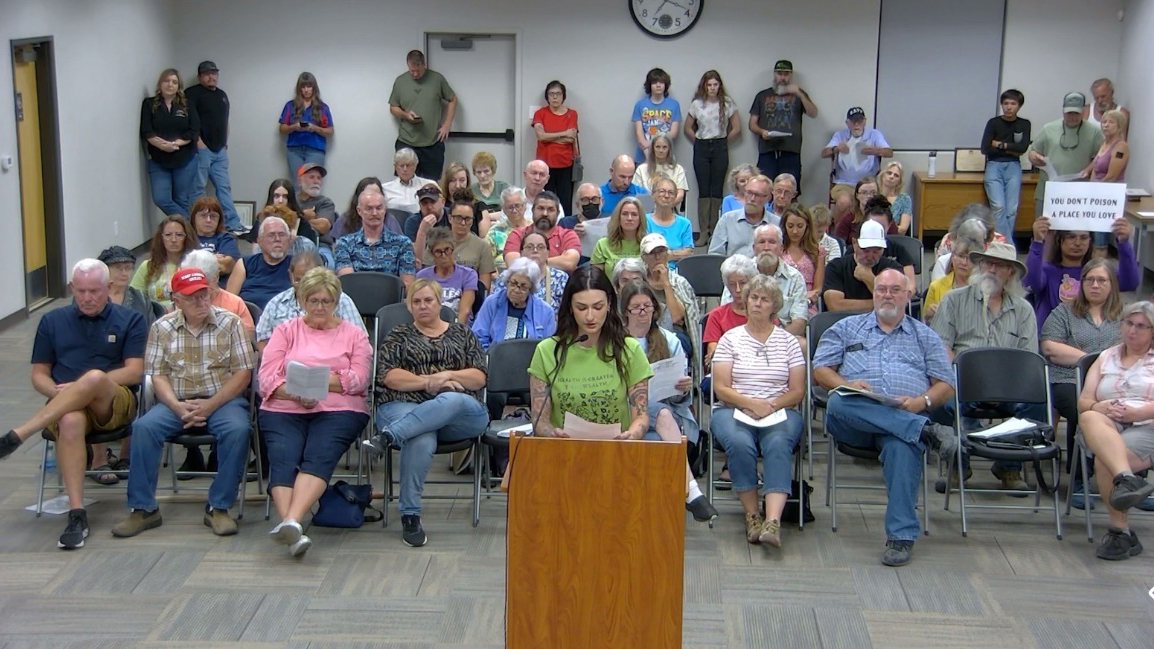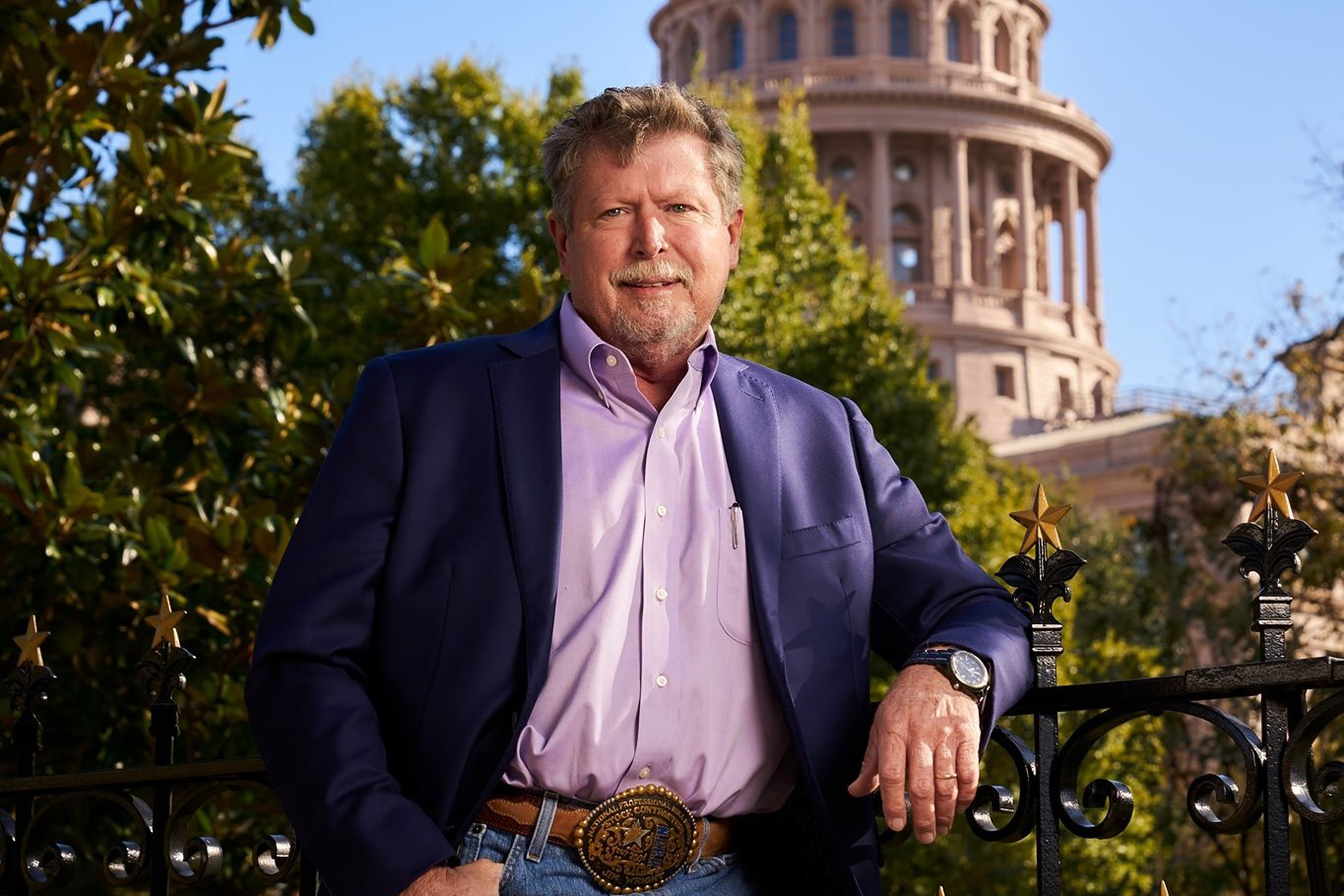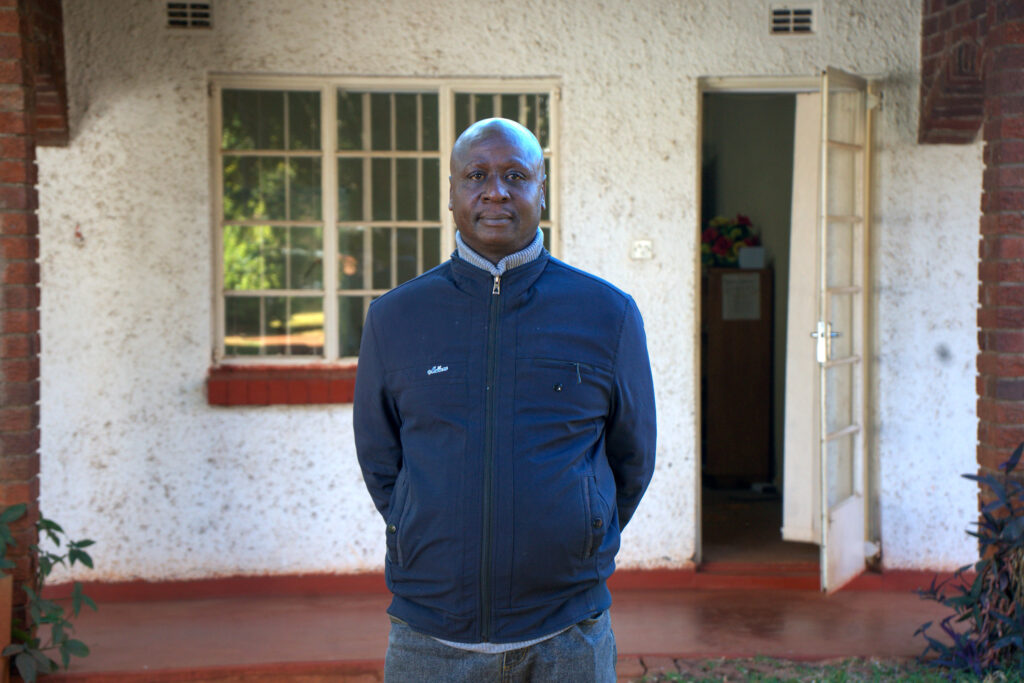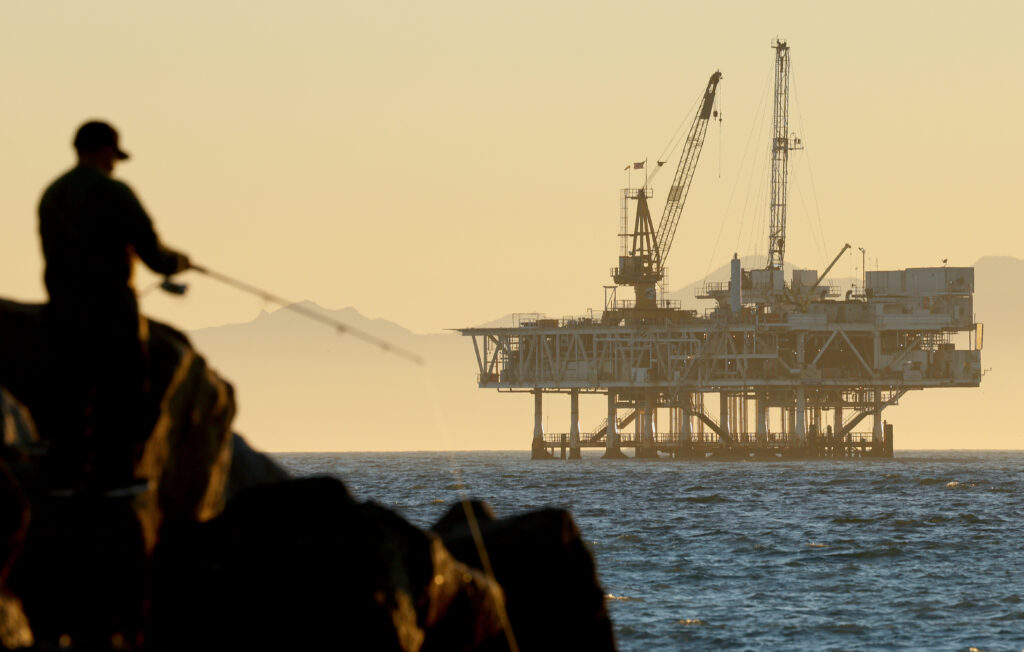Vermont, in a surprising shift, will not enforce electric car and truck supply mandates through the end of calendar year 2026.
Gov. Phil Scott signed an executive order on May 13 to allow a 19-month delay in part because of pressure from vehicle manufacturers as well as uncertainties stemming from the Trump administration’s tariffs and broad federal budget freezes and cuts. Lawmakers in Washington this week pursued a more radical course: the U.S. Senate voted to block the California plan for EVs that Vermont and other states have followed.
The Scott administration has previously touted its regulations-–patterned after California’s zero-emission vehicle rule that aims to end gasoline-powered car and light truck sales by 2035–as an effective climate strategy that required manufacturers to increase the percentage of EVs offered for sale in the state. State agencies had linked the strategy to a rapid uptick in EV ownership.
Scott’s executive order, signed May 13, will affect two model years and was cast as a temporary response by administration officials who faced some tough questioning during a hastily called Senate hearing to review the order.
“This is a modest step to create a little bit of space while some of the dust settles at the federal level in particular, while maintaining our commitment to an overall transition to electric vehicles,” Julie Moore, the state’s natural resources secretary, said during a contentious joint hearing of two Senate committees.
Democrats and climate advocates cried foul and demanded, as federal environmental safeguards fall, that Vermont “hold the line” against industry demands. Scott also cited a lack of charging stations and a freeze of millions of dollars in federal funding for chargers in Vermont as part of his rationale. Critics disputed that Vermont lacked a robust charging network.
During the hearing last week, State Sen. Becca White questioned the wisdom of the delay. “Aren’t we just giving something kind of to the auto manufacturers who are like shaking their fists with their lobbyists at us?” White asked. “It feels like we’re giving our chips away before we’re even at the negotiating stage.”
The heavy truck industry, in particular, has successfully pressured California to consider changing the heightened emissions regulations, and trade groups quickly praised the delay in Vermont. “Vermont wasn’t ready for these EV mandates,” the Alliance for Automotive Innovation, a Washington-based lobby and trade group, said in a release.
Jennifer Rushlow, senior attorney for the Conservation Law Foundation, said the advocacy group was reviewing the order. The Republican governor offered spare facts to explain his decision but his sudden move met industry demands for a slowdown and “has Trump tactics written all over it,” she said.
Scott’s order comes as some state funding to encourage EV buyers, including vouchers worth in total up to $10,000, recently ended. It follows a vote weeks ago by the U.S. House of Representatives to block enforcement of California’s EV zero-emission standard. On Thursday, the U.S. Senate followed suit, sending the measure to President Trump.
The Mandate
The supply mandates—which cover cars, light trucks and heavy duty vehicles—are a key part of the Vermont’s plan to lower pollutant emissions. Vermont followed California’s lead in setting state standards for emissions and vehicle sales.
Before federal standards, California for years set its own emissions standards. Because of its history of air quality, the state can still set stricter standards than the federal government. Other states can opt to follow California and update their regulations as California does.
In 2022, Vermont was one of 12 states plus the District of Columbia to adopt a new regulation on cars and light trucks known as the Advanced Clean Cars II rule. It was among 11 states to adopt California’s regulation on heavy-engine vehicles, known as the Advanced Clean Truck rule, that same year.
Democratic leaders in the legislature recently acknowledged, in a letter to Moore and other agency officials, that the regulations were facing challenges including uncertainty from the Trump tariffs and congressional attempts to thwart the California regulations.
The Democrats said in the letter they did not “believe a delay is necessary” but they would support a delay in the mandate for heavy engine vehicles only if the delay was restricted to one year involving model year 2026. They said they did not support delays in the car and light truck rule implementation. “Our strong preference is to stay the course,” the letter said.
Since 2004, Vermont, following California, has mandated that manufacturers deliver a steadily increasing percentage of “zero emissions vehicles” among the cars they sell to dealers. To comply, the rules said manufacturers must deliver 22 percent EVs for car model year 2025.

However, there is some flexibility. Among other measures, manufacturers can earn credit for excess cars sold by other manufacturers or that they themselves sold in prior years or in other states. As a result, the actual compliance target this year was closer to 8 percent.
In 2024, battery and plug-in-hybrid electric vehicles accounted for about 12 percent of new car registrations in Vermont and about 10 percent nationally.
Model year 2026 was to be a crunch year for EV sales, under the Advanced Clean Cars II rule. The new rule required EVs to account for up to 35 percent of all car sales in Vermont, although the state Agency of Natural Resources noted that the percentage could drop to as low as 11 percent depending on use of the credit flexibilities.
Growing Dealer Opposition
For months, representatives and members of the Vermont Automobile Dealers Association have testified to the legislature that they were concerned about how the Clean Cars II and Clean Trucks rules would be enforced.
Some worried that dealers would be forced by manufacturers to buy more EVs or fewer gas-powered cars than they wanted. They feared that manufacturers would engage in what the dealers called “ratio-ing”—with the companies alone deciding how to distribute EVs and gas-powered vehicles to the dealers—in order to avoid penalties.
No one who testified, however, documented a case of such restricting of gas-powered cars at any car dealership in Vermont.
Advocates emphasized that dealers were not the target of the rule. Manufacturers would bear the brunt of the change to deliver a certain percentage of EVs across Vermont, they said, and dealers would face no sanctions if the EVs did not sell. Some dealers balked over that logic. If EVs didn’t sell, their profits would drop, they said.
Moore, during the Senate hearing, noted heightened concern over “ratio-ing,” but noted it was a possibility, not yet a reality.
“This is a problem that is looming in front of us, not necessarily one that’s looming over us currently,” Moore testified. The executive order allows time to review the potential for such a practice, she said, and it makes clear that manufacturers cannot engage in the practice during the delay.
Neither Moore nor Matt Cota, a lobbyist for the dealership association who testified earlier in the session, said they received reports of manufacturers forcing ratios on Vermont car dealers.
Manufacturers met and in many cases exceeded the statewide quotas for EVs in 2023, according to the most recent available compliance data. But manufacturers for months have contended that the supply targets in model year 2026 would be unreachable. In December 2024, the lobbying group the Alliance for Automotive Innovative distributed a memo that said ratios were a possible tool to meet mandates.


Moore and Scott have considered the manufacturers’ warnings at face value, but environmental advocates say the warnings about ratios and potential poor EV sales are a well-known pressure tactic.
“There’s a familiar playbook at each successive tightening of the regulations,” said Christophe Courchesne, director of the Environmental Advocacy Clinic at Vermont Law and Graduate School. He described the effort as a way to “slow walk the electrification transition.”
“Industry starts registering their concern that they cannot comply with the requirements. Once they do that, a chorus of predictable groups start repeating that claim.”
A Dearth of Charging Stations?
Scott cited a lack of EV charging stations regarding his order, weeks after the Trump administration terminated billions of dollars that had been approved by Congress for charging stations and other infrastructure across the country. Vermont was set to receive $16 million for 11 new stations near major highways.
“It’s clear we don’t have anywhere near enough charging infrastructure and insufficient technological advances in heavy-duty vehicles to meet current goals,” Scott said.
This story is funded by readers like you.
Our nonprofit newsroom provides award-winning climate coverage free of charge and advertising. We rely on donations from readers like you to keep going. Please donate now to support our work.
Donate Now
That contradicts recent online information from Vermont’s Department of Environmental Conservation, a division of the agency that Moore oversees. Its “Claims vs Facts” document about the Advanced Clean Care rule reports that the majority of EVs delivered for sale in Vermont were sold within 90 days, and “Vermont charging deployment is keeping up with and outpacing EV adoption.”
Vermont currently has 400 public charging stations, according to the state’s Climate Action Office, which makes it a national leader in stations per capita.
Moore did not offer any quantitative evidence or benchmark for a reasonable charger-to-EV ratio for state motorists in her testimony. She offered no data about the governor’s claim of insufficient charging infrastructure.
Rather, she said, the order “honestly really reflects the governor’s lived experience in his Ford Lightning and challenges he’s faced in accessing charging infrastructure.”
Why the Quick Change?
The suddenness of the executive order was repeatedly raised during the hearing. Moore said in an interview later that day that the timing was meant to assuage anxiety among manufacturers and dealers, who scheduled model year 2026 deliveries beginning in July.
Lawmakers noted, in their questioning, that the rules gave manufacturers up to three years to demonstrate compliance for a given model year. Why suspend the rule rather than wait and see how manufacturers fared with the enhanced target, several asked.
Moore said, after the hearing, that the three-year wait to evaluate was a problem for vehicle makers and sellers.
“By the time you get three years out, people are gonna be really anxious—not knowing what the rules are and how they apply to them, and sort of watching themselves get to the precipice of compliance,” she said.
Senator Andrew Perchlik was critical of the executive order and said it meant that car manufacturers had little reason now to meet EV sales benchmarks in Vermont for model years 2026 and 2027. “It’s another example of doing it for politics,” he said of the administration’s unexpected backpedal on the EV deadline.
“They’re definitely just kind of putting it out there to show that they’re doing something that they think their base wants and because the dealers are worried with ratio-ing.”
About This Story
Perhaps you noticed: This story, like all the news we publish, is free to read. That’s because Inside Climate News is a 501c3 nonprofit organization. We do not charge a subscription fee, lock our news behind a paywall, or clutter our website with ads. We make our news on climate and the environment freely available to you and anyone who wants it.
That’s not all. We also share our news for free with scores of other media organizations around the country. Many of them can’t afford to do environmental journalism of their own. We’ve built bureaus from coast to coast to report local stories, collaborate with local newsrooms and co-publish articles so that this vital work is shared as widely as possible.
Two of us launched ICN in 2007. Six years later we earned a Pulitzer Prize for National Reporting, and now we run the oldest and largest dedicated climate newsroom in the nation. We tell the story in all its complexity. We hold polluters accountable. We expose environmental injustice. We debunk misinformation. We scrutinize solutions and inspire action.
Donations from readers like you fund every aspect of what we do. If you don’t already, will you support our ongoing work, our reporting on the biggest crisis facing our planet, and help us reach even more readers in more places?
Please take a moment to make a tax-deductible donation. Every one of them makes a difference.
Thank you,




